Founded by Finnish settlers in the late 19th century, Finn Slough is a tiny fishing community located along the marshy banks of the mighty Fraser River in southern Richmond, British Columbia. In the early 20th century the settlers moved the village to its current location, a slough (swamp, pronounced “slew”) at the base of the No. 4 Road on Lulu Island east of Steveston. Most—if not all—of the buildings in Finn Slough were constructed prior to 1950, lack modern plumbing, and rely on wood-burning stoves for heating.
I chanced upon this curious anachronism while road tripping through rural Richmond with a friend of mine. We had gotten into the habit of taking her car out for a spin in search of adventure now and then. Our deal was simple: I would navigate and pay for gas and she would drive. We had previously explored the North Shore and, on this occasion, decided to turn our attention southward. Without having done any planning whatsoever we set out along backcountry roads, encountering some interesting sights along the way, before pulling up to the crossroads in front of Finn Slough. It didn’t look like much from the road but we decided to hop out and take a look anyway.
I am very glad we did! I have never seen anything like Finn Slough anywhere else in Canada. (That isn’t really saying much, mind you—I don’t drive and seldom have the opportunity or the means to escape city life, nor have I been out east.) At any rate, having, at that time, recently returned from three weeks in Malaysia, I was struck by the similarities with fishing villages I had visited in Sabah. Most of the houses in Finn Slough were build on stilts and log pilings, elevating the structures above the muck and mire of the slough.
Finn Slough is a private community, not a tourist attraction, and I did not venture outside of the public areas. Be respectful should you visit—Finn Slough is still home to several dozen residents, many of them artists and the like, although it seems like a handful are still fishing the Fraser River, just as their forebears have done for more than a century.
Finn Slough represents a rare glimpse into a history and a way of life that has been lost to most urbanites living in a developed nation like Canada. There is a palpable sense of connection to be felt in a rare and unlikely place like Finn Slough—a connection to the land and the sea and deep time. Each home is essentially handmade, built in place to compliment and co-exist with its surroundings. That co-existence has likely not been peaceful, for nature can be cruel—but the village has adapted to change. Spend a few moments contemplating existence on the boardwalk in Finn Slough and you’ll surely feel the weight and heft of history in this place—even without knowing any of the specifics.
I hadn’t known anything at all about Finn Slough prior to visiting and wasn’t aware of its uncertain status before doing a little reading while preparing this piece. I have since learned that Finn Slough is considered to be an illegal settlement—with with one blog (approvingly) calling it “the longest running squatter community in the greater Vancouver area”. Residents don’t pay property tax and none of the buildings are up to code. With a lack of proper heating and sanitation it is also something of a public health nuisance, though of course no one is being forced to stay.
Unsurprisingly, developers have been trying to evict Finn Slough residents for decades in the hopes of building condos and a marina, among other things. I wish them every hardship known to man in their ongoing effort to reduce Finn Slough to nothing more than a historic plaque at the side of a sterile upscale development on the shores of the Fraser River.
I am no enemy of progress, nor am I too much of a romantic, but I feel like Finn Slough should be preserved, not dismantled. This little village is the last vestige of another time, one that we would do well to remember and reflect on. I don’t mean to idealize the past, for it was often a brutal, unjust time, but I am still glad that a place like this exists at the margins of modernity.
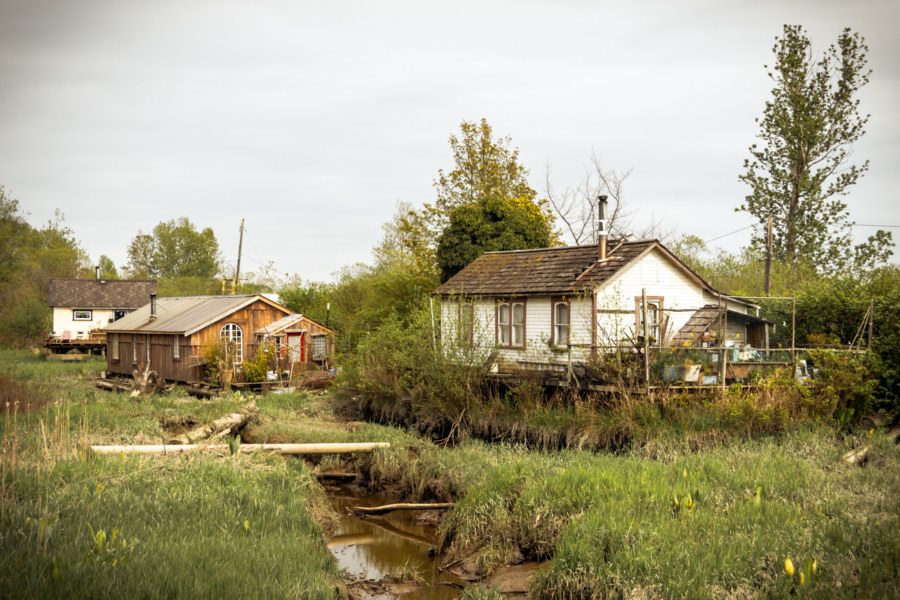
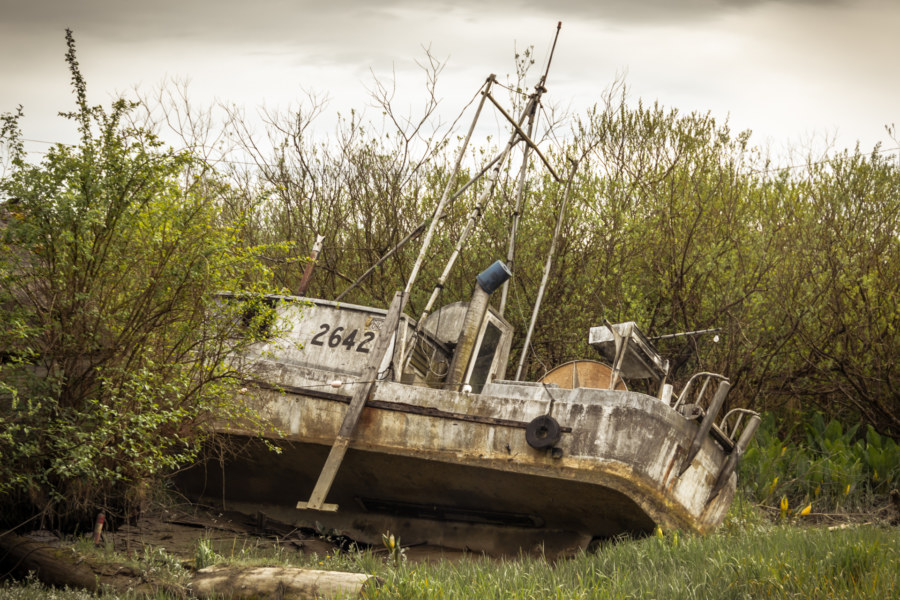
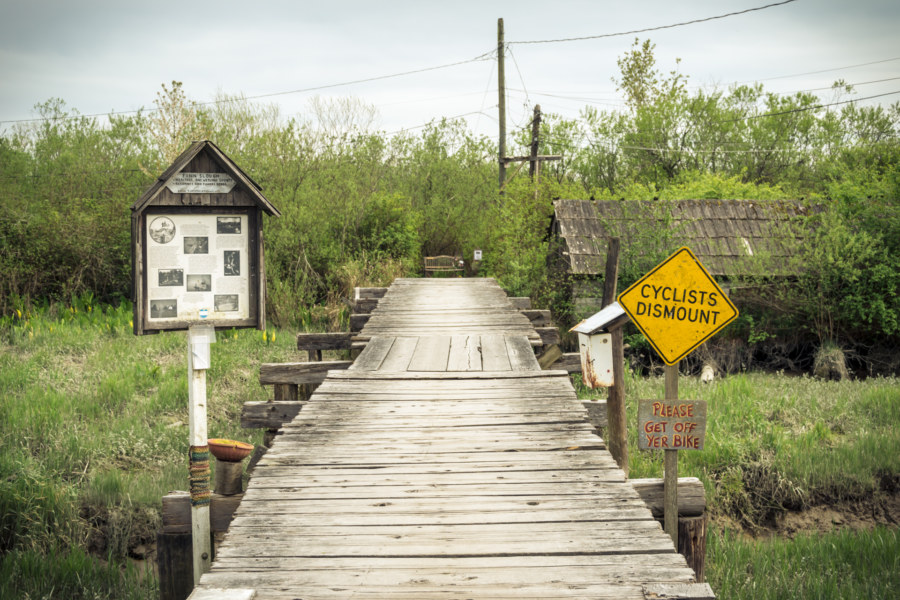
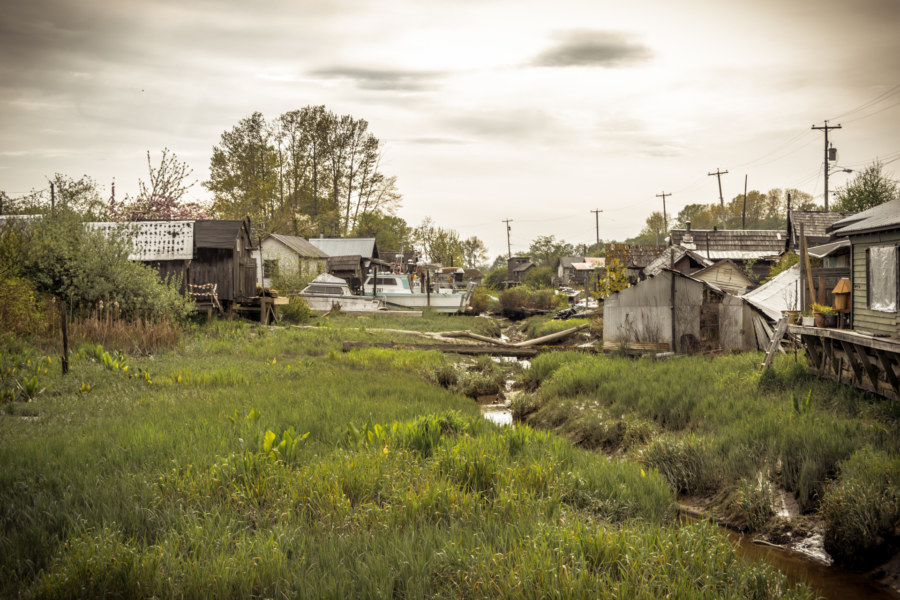
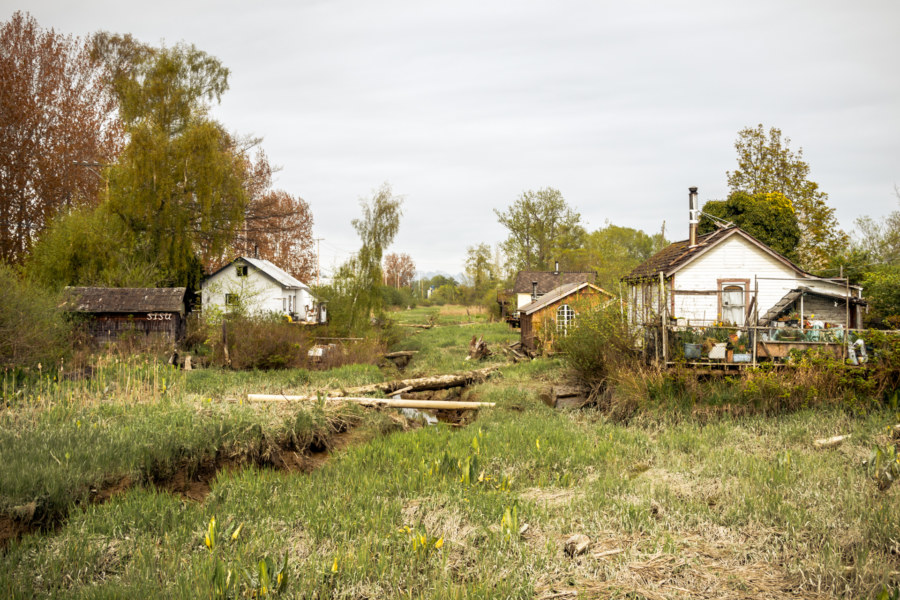
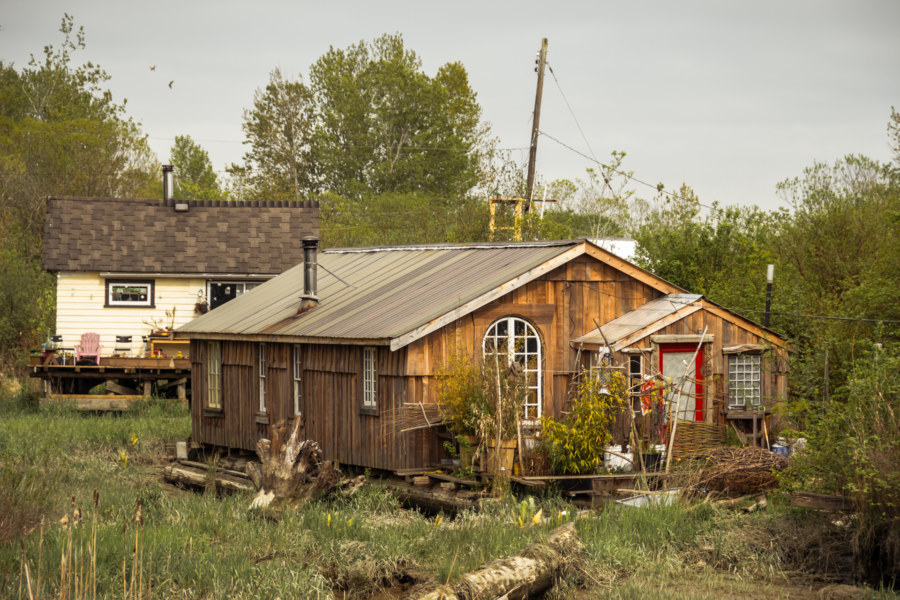
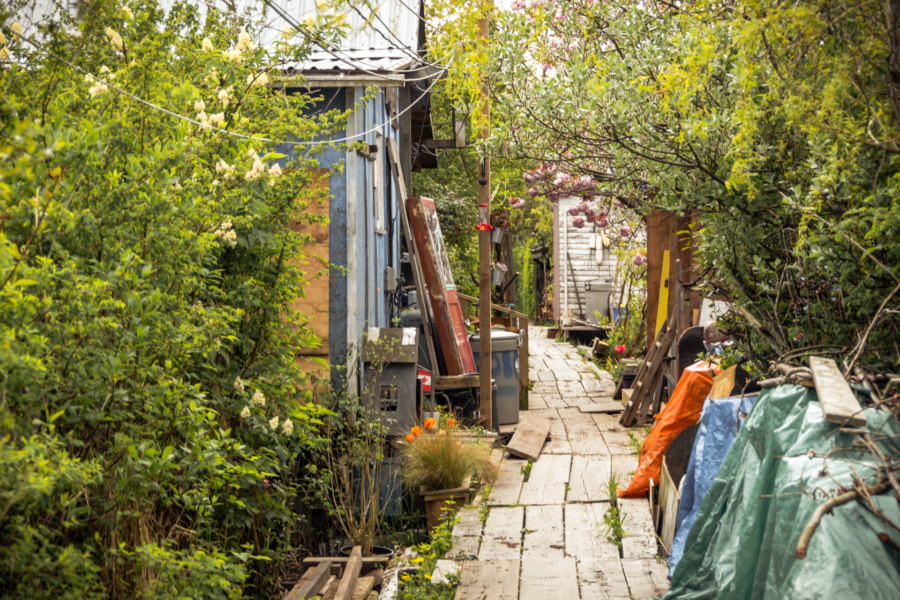
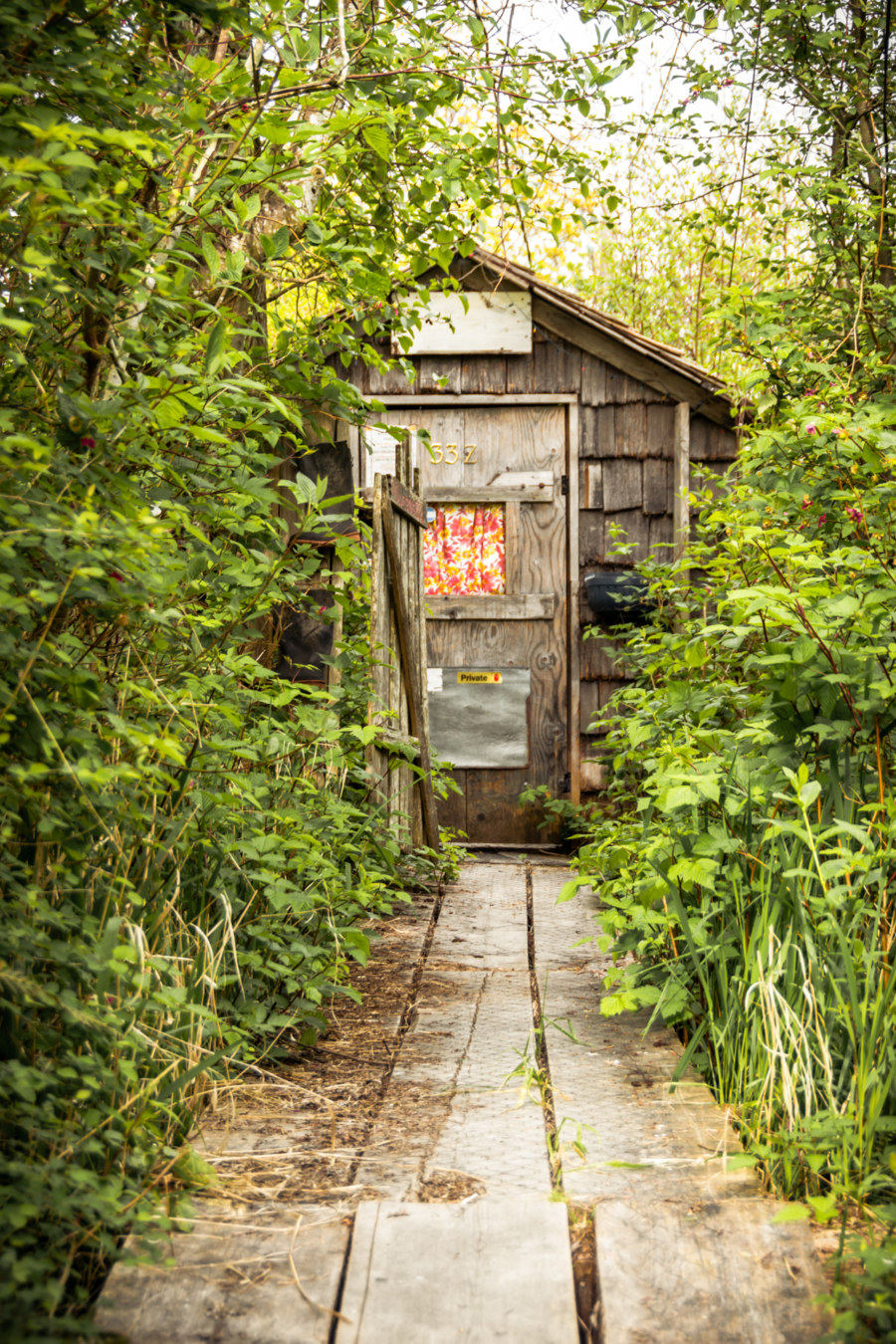
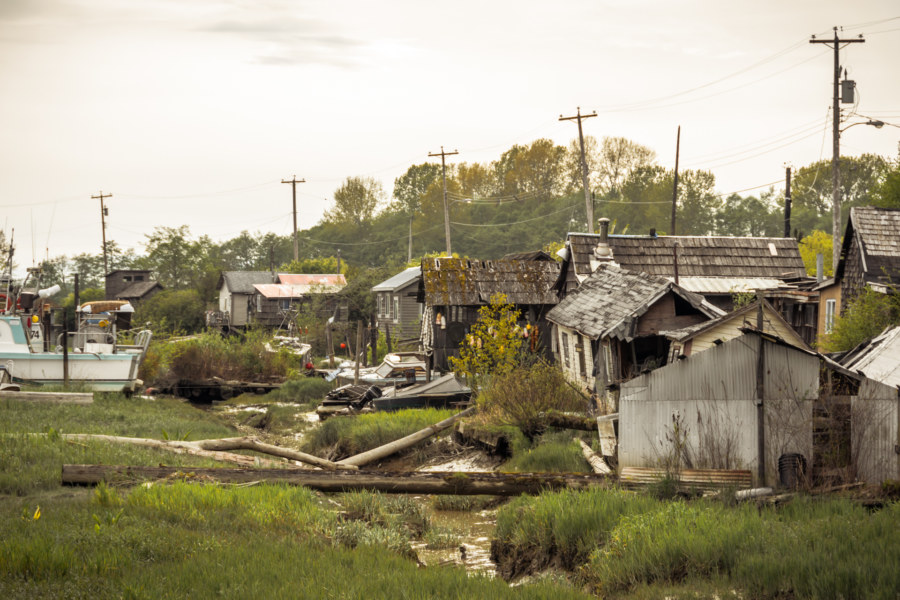
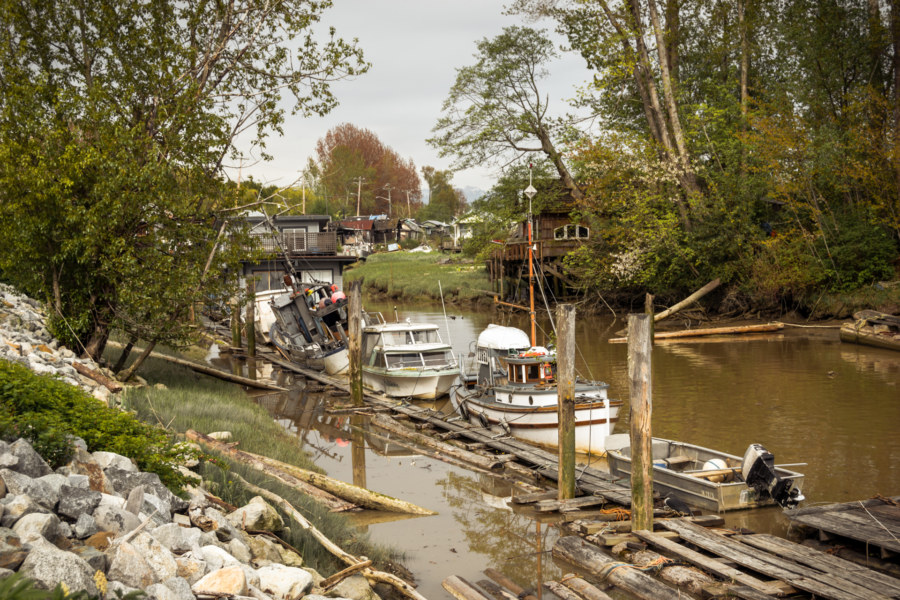

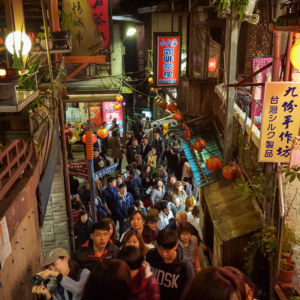

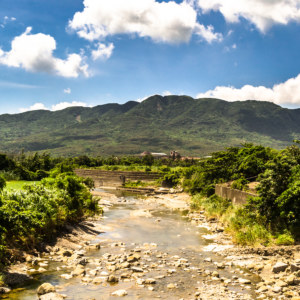
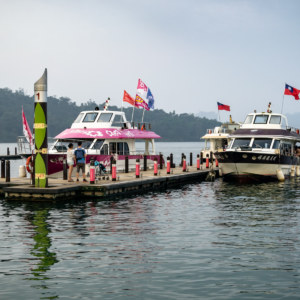
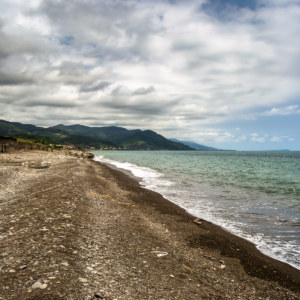
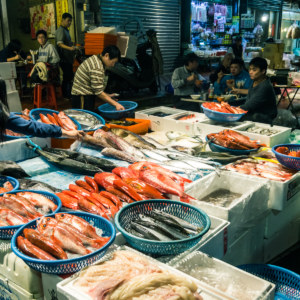
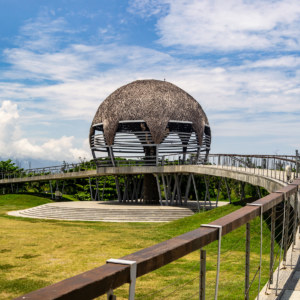
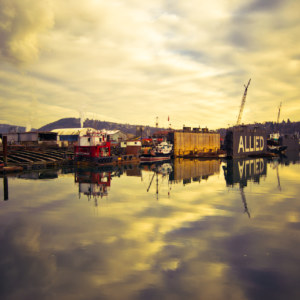
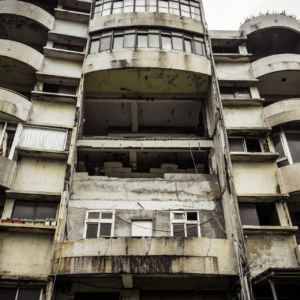
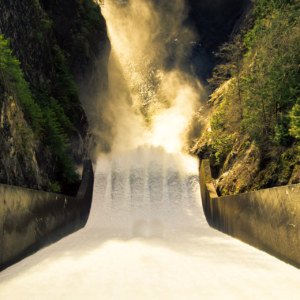
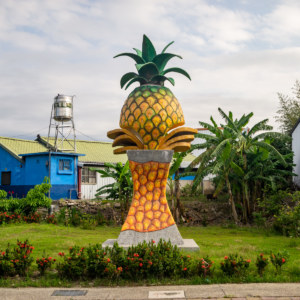
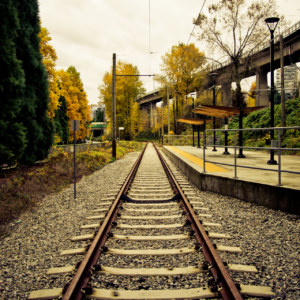
Bravo.
Hi, glad you got to visit Finn Slough. A couple of incorrect bits of info in your post.
1) The residents VOLUNTEER to pay taxes to the City of Richmond.
2) The residents pay for city water, hydro and Internet …just like the rest of us.
3) The residents have composting toilets as is the case on many float homes or Marinas.
4) Finn Slough creates no more health risk than any other community.
5) The “Squatters Rights’ laws were in place when Finn Slough was created ( the laws changed in the 1970, Finn Slough had been in existence for over 70 years by that point), meaning, if it went to court they would have a good case for ownership.
Check out their Art about Finn Slough Exhibition each year – you could enter some of your beautiful photos!
@Richard: Thanks very much for the info!
Loved it. Leave it alone.
Very interesting post and comments, thank you. Dale Odbern